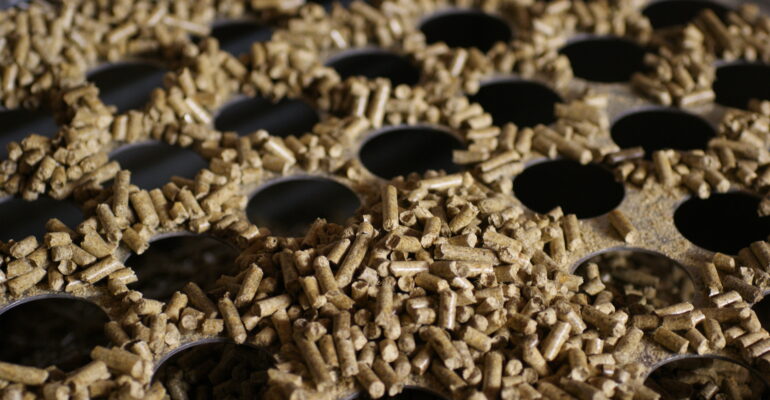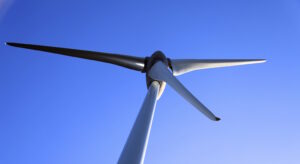USA vs. Europe: the troublesome footprint of EU renewable policies
Written by guest author Ginny Kreitler, Senior Energy Advisor for Audubon (BirdLife in the US).
Wood pellet production for European energy markets, as practiced recently, creates a carbon debt through 2030 and fosters unsustainable timbering practices. Running power plants on imported wood pellets will weaken progress on decarbonizing Europe’s energy supply while contributing to the degradation of important habitats abroad.
Climate change is a defining issue of our time, posing large and widespread risks to the survival of wildlife species and the proper functioning of ecosystems. Increasingly, it appears that these threats will be substantial, global, and at a scale not seen in our lifetimes. The National Audubon Society projects that half of the bird species in the United States are threatened by climate change, making this the largest threat to birds and a centerpiece of the organization’s conservation program. To counter the risk posed by climate change will require a fundamental change in how wildlife is managed; it will require nothing less than a transformation in how we develop and deliver energy as well.
Renewable power must assume a large share of our energy mix and this transition needs to move ahead swiftly. However, not all resources given the label ‘renewable’ provide the same carbon benefit, and not every energy resource is developed using sustainable practices. Wood pellet production for European utility power markets, as practiced recently, has been documented as creating a carbon debt through 2030,[1] while fostering unsustainable timbering practices such as harvesting from ecologically sensitive areas.[2] Unless ways are found to change this, running power plants on imported wood pellets will weaken progress on decarbonizing Europe’s energy supply while contributing to the degradation of important habitats abroad.
But how much change can we reasonably expect? Timbering practices can be refined to improve their sustainability. Even so, verification and enforcement of sustainable practices presents challenges, particularly in periods of rapid demand growth such as we have seen recently. And it is not clear that existing policy goals for woody biomass use in Europe will do anything other than exacerbate the loss of forest cover in some of the region’s most sensitive and diminished forest systems. Regulatory controls to protect these areas are generally lacking and voluntary systems of certification are all that exists to address the sustainability issue.
On top of this, it appears that reliance on wood pellets will slow progress toward a cleaner energy future. Although treated as a zero carbon resource in many national renewable standards, wood pellets produce a near-term increase in atmospheric carbon [3] while effectively displacing zero carbon alternatives in RPS programs. The EU would make faster and more certain progress by emphasizing resources that truly are free of carbon emissions. As Europe creates the blueprint for meeting its 2030 goals, policymakers should implement changes that recognize the actual differences among these alternatives. Further delays are not warranted, the evidence is in hand, and policymakers should establish scientifically sound plans for moving ahead.
As a course is charted for Europe’s energy policies to 2030 and beyond, we hope that the European leadership will heed the findings and recommendations of the European Commission Joint Research Centre and the BEAC modeling done by the UK Department of Energy and Climate Change. By emphasizing those energy resources that best reduce near-term atmospheric carbon and foster more sustainable land use, Europe can accomplish important progress for decades to come. It all comes down to setting the right policies now, policies firmly rooted in science and fact checking. The success of European climate action and the protection of forested ecosystems abroad depend upon it.
[1] ”Problems with burning wood from Southern US forests to generate electricity in the UK”, letter from scientists to UK Secretary of State for Energy and Climate Change, April, 2014
[2] Wall Street Journal, “Europe’s Green-Fuel Search Turns to America’s Forests”, May, 2013,http://www.wsj.com/news/articles/SB10001424127887324082604578485491298208114; also, National Wildlife Federation and southern Environmental Law Center, Forestry and Bioenergy in the Southeastern United States: Implications for Wildlife Habitat and Biodiversity, December 2013, http://www.nwf.org/pdf/Conservation/NWF_Biomass_Biodiversity_Final.pdf
[3] European Commission Joint Research Centre, Carbon Accounting of Forest Bioenergy, report EUR 25345 EN, 2013, and Department of Energy and Climate Change, Life Cycle Impacts of Biomass Electricity in 2020, July 2014.





